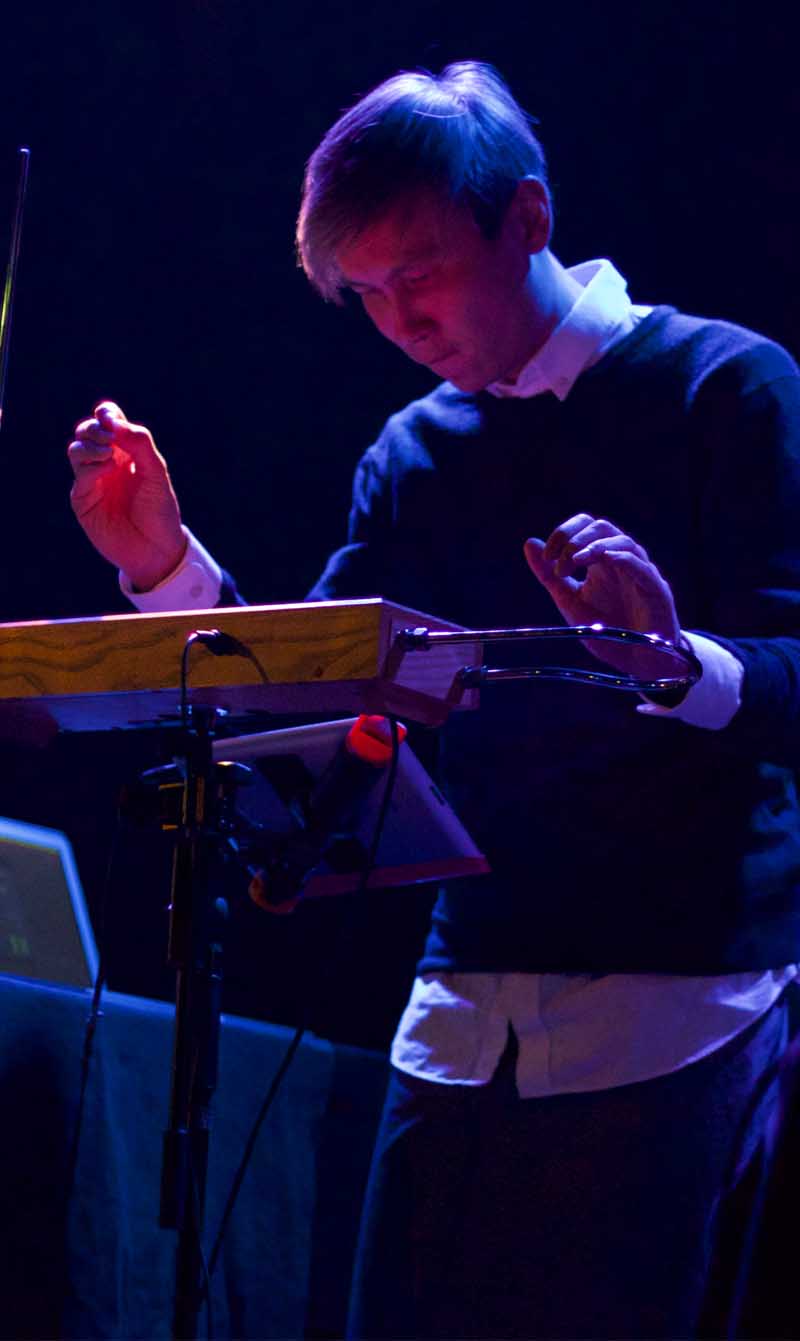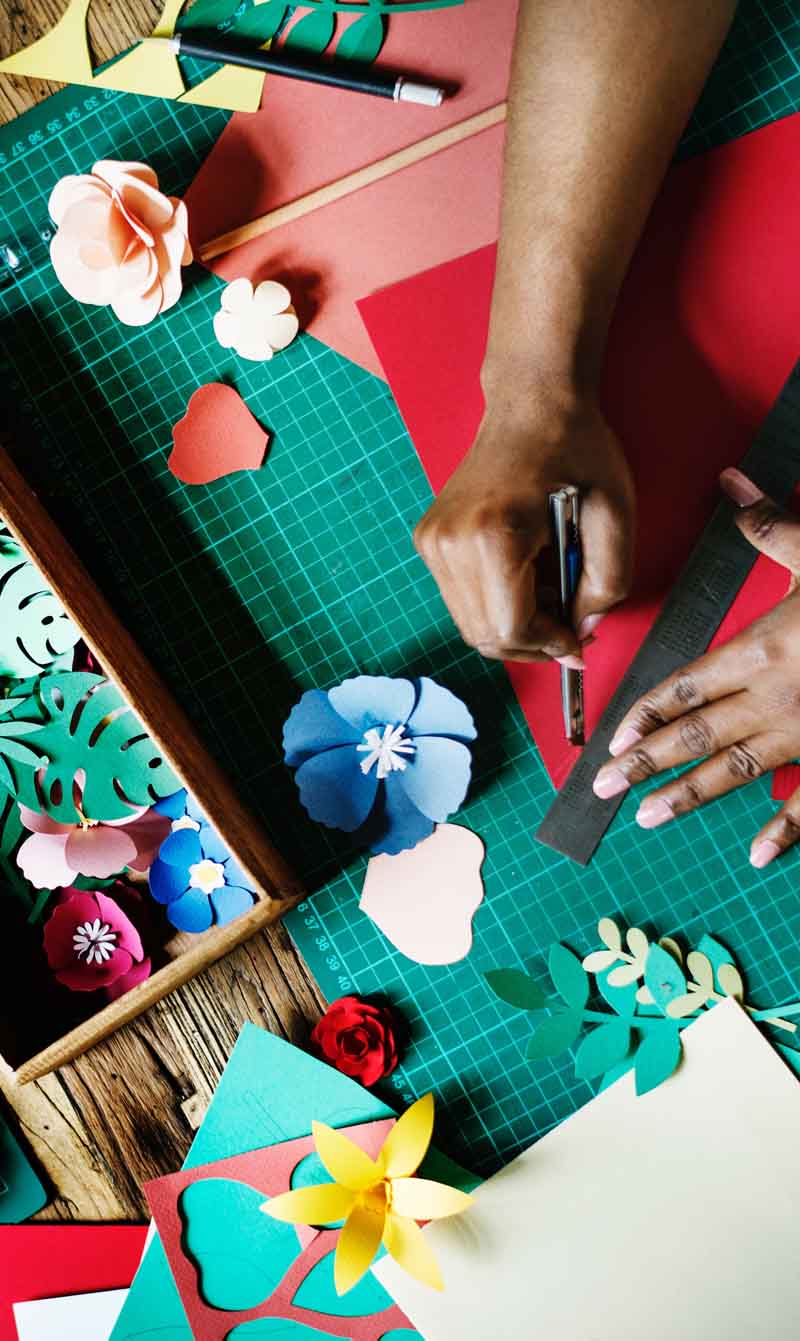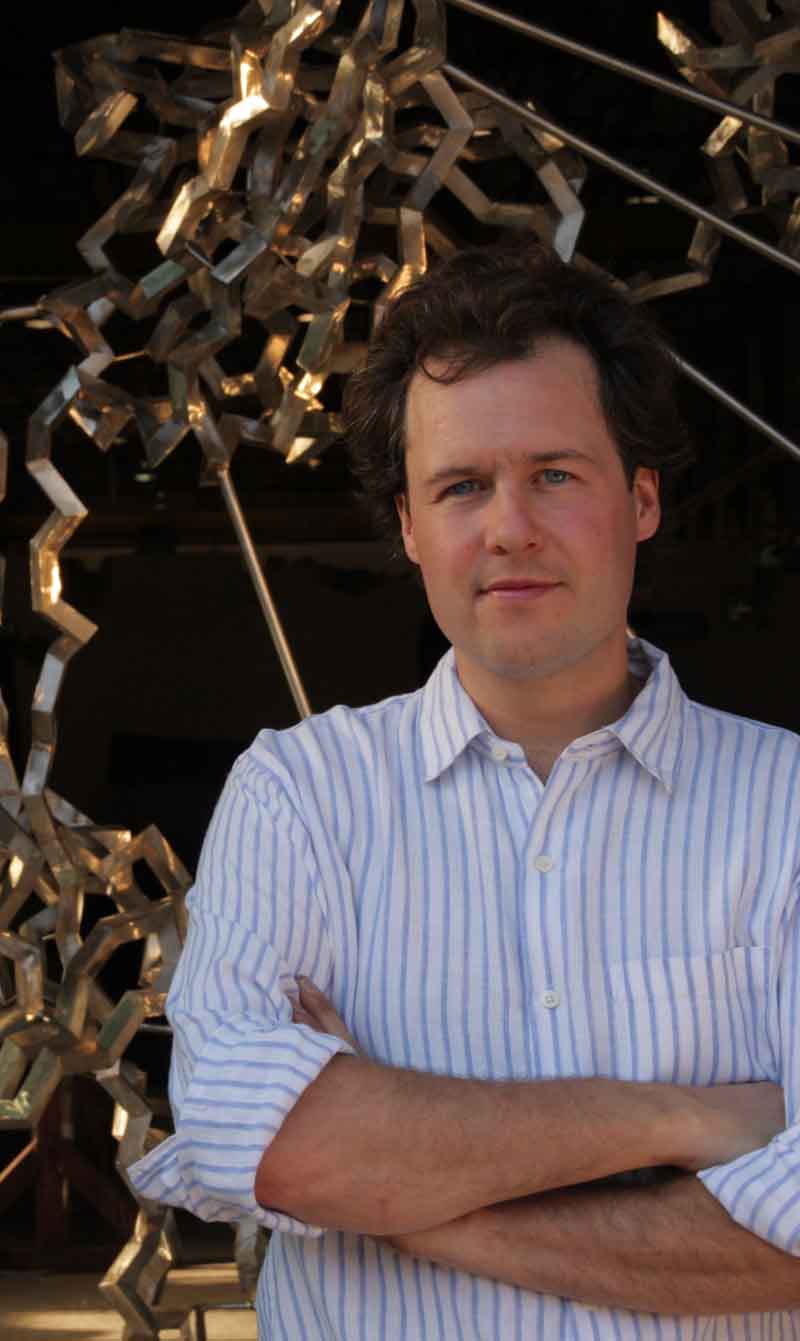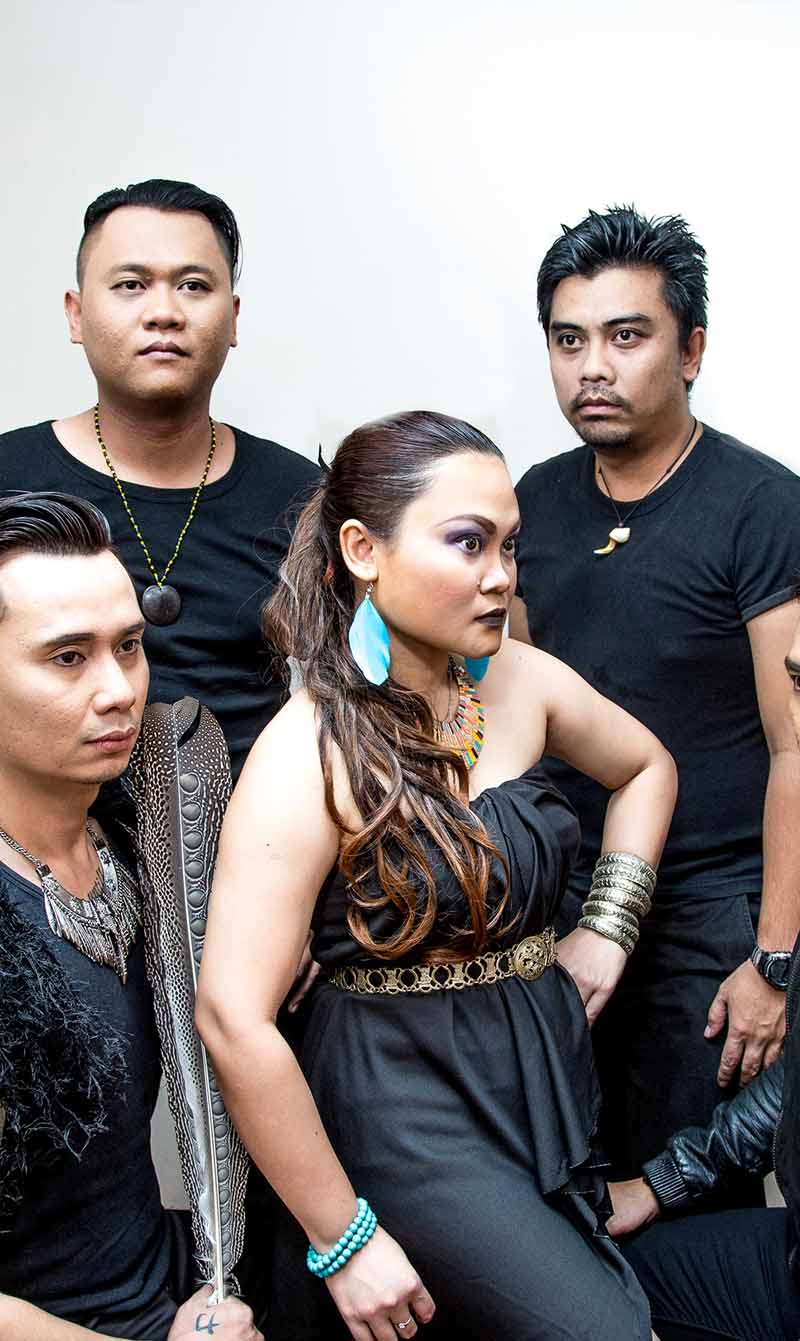Humanising business leaders
Humanising leaders, business & economy
The creative arts sector, which encompasses performing arts, music, film, creative writing, graphic design, photography and visual arts, is becoming increasingly a crucial component of modern economies. Not only is the sector a thriving, multi-billion dollar business prospect, it also holds substantial influence in shaping people’s thoughts and behaviours in today’s society.
Promoting stability
“Culture and arts is a powerful force in shaping identity, fostering tolerance, and promoting stability. It is significant in driving the growth and development of humanity,” said Alia Khan, Founder and Chairwoman of Islamic Fashion Design Council (IFDC). From the artist or the creative person’s point of view, their work gives them an opportunity to reach out to the world, allowing two-way communication and facilitating dialogue to debunk misconceptions. “With culture and arts, connectivity and unity can be achieved in a much shorter time. It has a way of opening people’s hearts and provides an avenue for people to connect,” Alia explained.
Cultivating leadership
The values inherent in the practice of arts also play a significant role in enhancing leadership and promoting business ethics. Alia elaborated on the link between creativity and leadership: “Culture and arts are key in distinguishing a leader who appreciates creativity and the values that go with it. This is how you create a genuine leader – a leader who allows a healthy level of individuality and respect, a leader who understands differences. When you have a leader of that depth, you have a leader who truly connects.”
The creative arts sector, despite being a growing and job-creating sector, is still rather poorly understood and many people remain sceptical of its potential. This poses considerable obstacles for creative arts to truly make a positive impact.
Integrating culture, arts and business
Alia urged the business community to reach out and bring the arts into their sphere. “I truly think the business community has the potential to make culture and arts a success, and to get its vision out there,” said Alia. She is a prime example of the convergence between creativity and business, as she is both a designer and an entrepreneur. Straddling both industries, she is in the right position to build a bridge between both worlds. “The IFDC has been creating platforms and more opportunities for the creative industry and stakeholders to work together – it provides a welcome net, and helps build companies by not compromising the underlying values.”
Neither industry should compromise the other, Alia reminded. “Build your world on sound principles, develop a vision based on those principles, and share your vision,” she said. Chairman of the WIEF Foundation, the Hon. Tun Musa Hitam once said
“many of the world’s greatest inventions are results of collaboration between the business and the creative communities.”
In creating a holistic growth, we must not neglect the creative arts sector and it being an integral part of our economies. Creative arts is a key agenda of WIEF. Platforms are provided for these two communities to network, foster understanding and explore collaboration opportunities.





